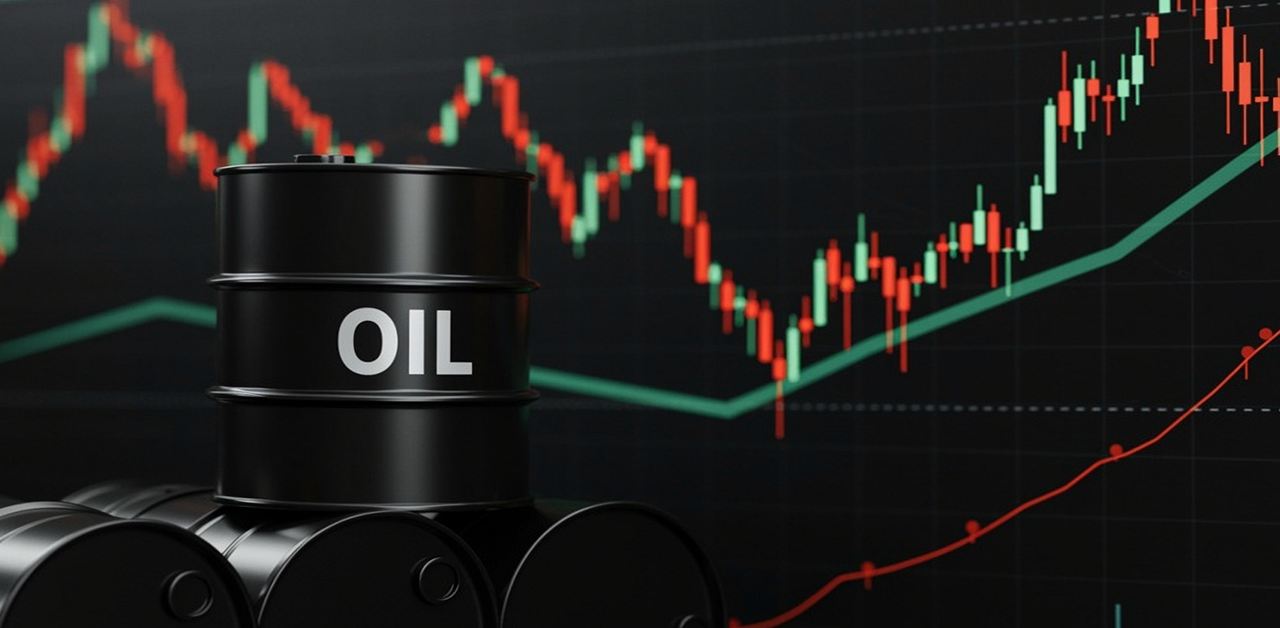Why is Forex Trading Education Important?
Risk management is undoubtedly one of the most important skills you can use when trading forex. In fact, risk management is an important aspect of any financial matter or investment strategy you consider and try to implement in your plan for a successful life.
Ironically, risk management is also one of the most overlooked and neglected areas in forex trading, which is clearly reflected in the statistics, showing that on average 90% of forex trading beginners suffer losses and failures in the initial stages of their real trading experience.
A major reason for this frequent experience of failure is the lack of risk management.
It is wrong to think that you can risk as much as you can handle to lose on a single trade, because that is what gamblers do. However, forex trading has nothing to do with gambling, and if you are looking for long-term success and good returns, the strategy of “hitting the jackpot” with a single trade is not the right approach to forex trading.
Ultimately, following the rules of risk management is what separates you as a forex trader from the gamblers, and these rules are on your side, they are there to protect you, guide you and increase your chance of becoming profitable in the long run.
In short, risk management reflects your skills and abilities to influence every small factor in the forex market in your favors as much as possible. In order to minimize the probability of financial loss, you need to apply some risk management tactics, strategies, precautions and actions.
Below are 7 effective risk management measures that will help you curb your adrenaline rush, avoid triggering your inner gambling instinct and ensure that you are on the right track as a forex trader.
1. Determine your risk tolerance
Trading, no matter what market, usually involves a certain amount of risk, and your personal risk tolerance is an individual factor that will affect your trading experience and decisions.
Advanced forex traders usually recommend a risk per trade of no more than 5%, but for beginners in forex trading, 1% or 2% of the total account value is best. In short, how much risk you can take depends mainly on your level of experience, but also on your individuality.
Due to lack of knowledge, experience and familiarity with forex trading, new traders cannot easily cope with a larger loss and therefore prefer to use a lower percentage of the risk level. However, as time goes by and you gain experience and familiarity with the system, you will feel more confident and accept a higher risk level, but again, it is recommended to be cautious and not go higher than 5%.
The higher the percentage of your account you risk, the faster you will deplete your account if you suffer a series of losses, which is not uncommon. So even for advanced and experienced forex traders, it makes more sense to have a good risk management strategy than to risk a lot on a single trade.
2. Position Size
In forex trading, position size is actually more important than entry and exit. If your position size is too big or too small, you are practically not following the rules of risk management and you are either taking too much or too little risk.
While risk tolerance is again a matter of personal attitude and choice, forex trading risk management rules and guidelines can help you set the right position size depending on your level of experience and the size of your account to avoid draining your trading account in the blink of an eye.
In a nutshell, the position or trade size indicates how many lots you use for a trade. Essentially, there are micro, mini and standard lots, and beginners in forex trading are usually recommended to work with micro and mini lots.
To determine the right forex position size for your account while keeping risk management in mind, you should follow the following simple mathematical formula: Pips At Risk X Pip Value X Lots Traded = $ At Risk. If you are trading mini-lots, then each pip movement is $1 and each mini-lot position results in a risk of $10. For micro-lots, each pip movement is $0.1, resulting in a risk of $1 per lot position. The position size should be perfectly adjusted and calibrated to your account, the speculation of the trade and the risk management strategy you follow. Here is a helpful tool for you – BabyPips’ Position Size Calculator.
3. Managing your trading time
The forex market is open 24/7, and it will often happen that you, as a trader, miss opportunities because you were away from your computer. However, this does not mean that you have to trade continuously. It is a much better strategy to make sure that you are available when good opportunities arise, which means that you can need to manage your trading time in a smart way.
The average forex trader is an average person with a full-time job, a family, hobbies, a social life and other activities, which means that devoting 20 hours to trading is not only impossible, but also unnecessary.
So you need to find the right time frame that fits your lifestyle and make sure how many hours a day you can commit. Manage your trading time properly that you can manage the risk, because the time is often a very valuable component for trading happiness and success.
4. Avoid weekend gaps
Despite the fact that forex traders can speculate in the market 5 days a week, in fact the forex market is not exactly closed from Friday afternoon to Monday morning, charts around the world do not freeze over the weekend, and prices still move based on what happens over the weekend.
Some weekends nothing important happens, but sometimes there are important events and changes during the weekend that usually cause prices to move dramatically until they become visible the day after the weekend, which is called a gap.
5. Watch the news
News, announcements, published reports, etc. can be a real help to people looking for good risk management. Some of the most important news you should pay attention to are events such as employment figures, central bank decisions, inflation reports and others that can cause unusually large movements in the forex market. Most forex traders prefer to make more risk-aware decisions after such major news, unless trading gaps that occur after these major events is not part of your strategy.
6. Don’t risk what you can’t afford to lose
Never invest more than you can afford, and never suffer losses, is one of the most fundamental lessons of forex trading. It makes a lot of sense that you do not put so much money into your account that you do not feel comfortable continuing your daily life in case you lose it all. Trading is demanding and often risky, and it does not make sense to risk your well-being, happiness and security by betting your entire savings on one or more trades. Make sure that you invest consistently and wisely depending on your savings and the available capital at disposal you can afford.
7. Stick to the plan
To be successful in the forex market and effectively manage risk, you need to stick to your forex plan and generally be able to plan ahead. Jumping into forex trading unprepared increases the risk that you will suffer a big loss. You need to plan what your goals are and how you are going to achieve them.
A forex trading plan is no different from any other basic to-do list and should outline the planned trading activities and strategies. The main idea here is to develop a set of rules that you will follow with consistency and commitment when making trades and decisions.
In Conclusion
Making sure that you follow all these 7 steps of risk management will not make you a successful forex trader who enjoys a great profit with every trade and decision taken. There are many other factors that will affect your success as a trader and whether or not you will be able to achieve the profit you are targeting. However, risk management and taking a proactive role in keeping the risk in trading as low as you feel comfortable with in a good way to tilt the odds in your favour and increase your chances of success in a long run.











